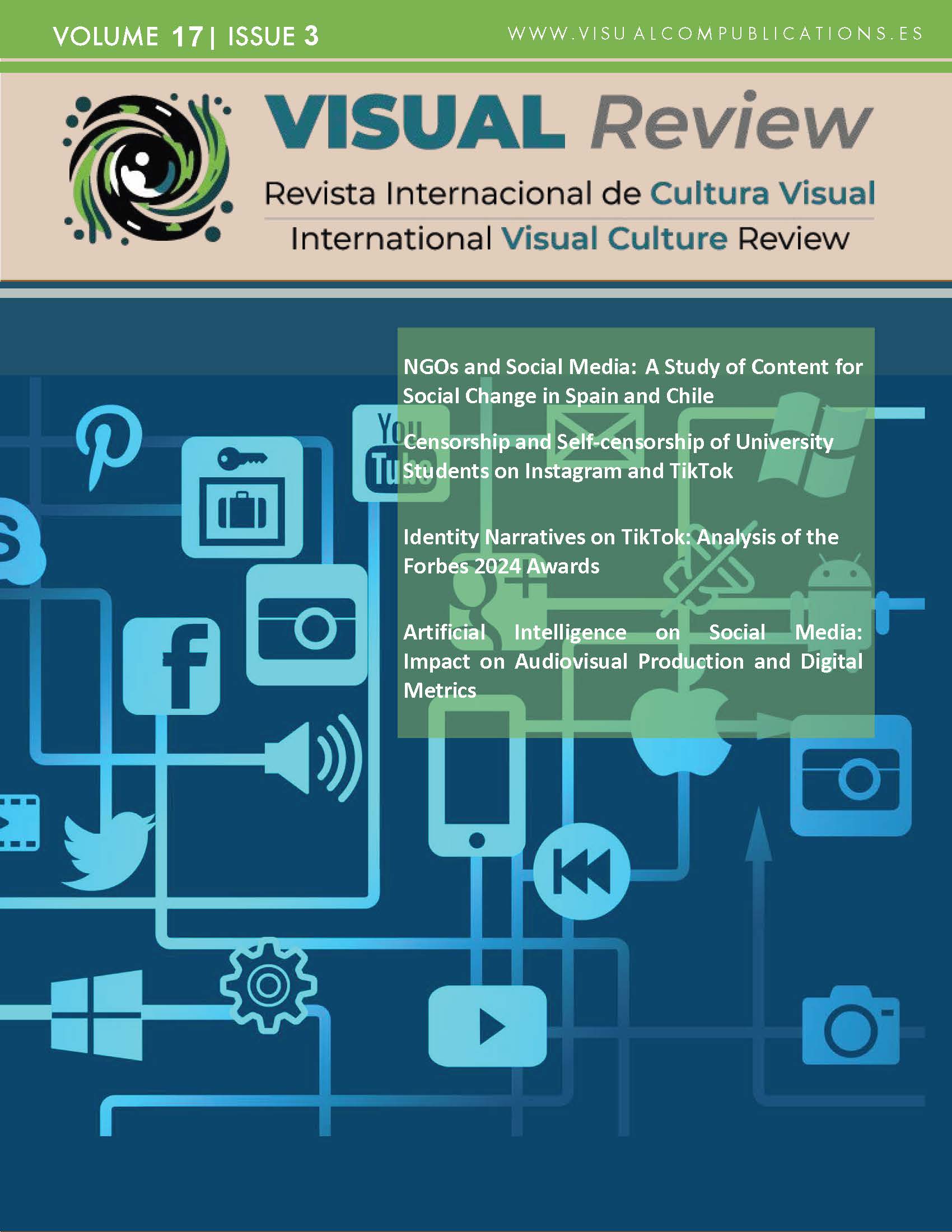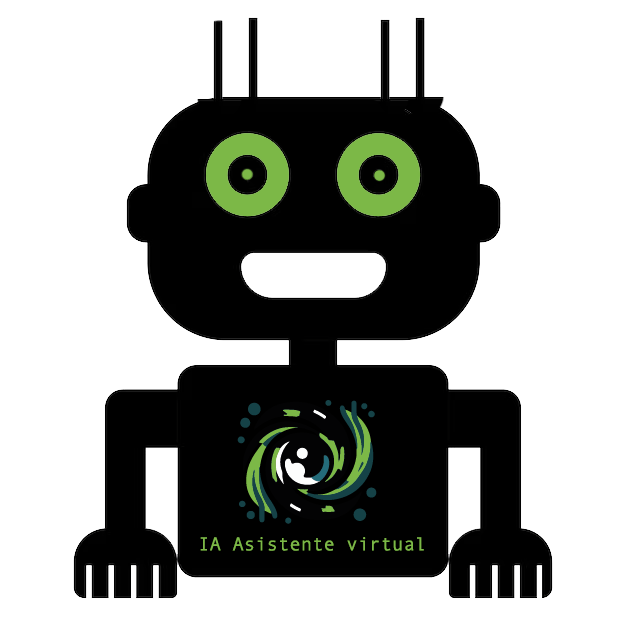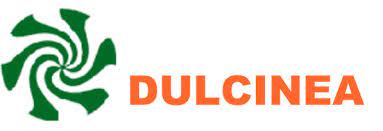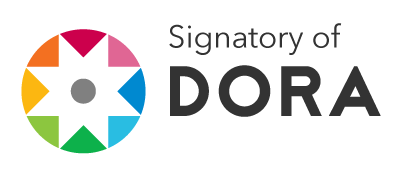Entrepreneurial Digital Community
Networks to Prevent Advertising Fraud in Colombia
DOI:
https://doi.org/10.62161/revvisual.v17.5780Keywords:
Digital advertising fraud, Social media ecosystem, Content creators, Prevention strategies, Consumer protection, Digital interaction spacesAbstract
The objective of this study was to examine the various ways in which digital advertising fraud manifests within the social media ecosystem in Colombia, with special attention to the experiences and strategies that content creators have developed to identify, confront, and mitigate this phenomenon, through a qualitative approach, phenomenological design, and descriptive type. The results reveal the impact of the preventive content from entrepreneurial influencers as a learning action to help consumers avoid being scammed, creating relevant communicative and preventive chains in digital interaction spaces.
Downloads
Global Statistics ℹ️
|
280
Views
|
229
Downloads
|
|
509
Total
|
|
References
ANA & White Ops. (2024). Informe sobre fraude publicitario digital. Asociación Nacional de Anunciantes y White Ops.
Cadena SER. (2025). La inteligencia artificial en la lucha contra el fraude publicitario. Cadena SER.
Cámara de Comercio de Bogotá. (2023). Comunidad Digital de Clústeres: Iniciativa para promover la transparencia en la publicidad digital. Cámara de Comercio de Bogotá.
Cárdenas, D. y Ramírez, M. (2021). Los influencers en América Latina: Impacto y desafíos en la publicidad digital. Editorial Digital de Marketing.
Cinco Días. (2025). IAméricas: Inteligencia artificial para la lucha contra el fraude publicitario en América Latina. Cinco Días.
El País. (2024). SiembraCo: Promoviendo prácticas comerciales justas y transparentes. El País.
Goffman, E. (1959). The presentation of self in everyday life. Doubleday.
Goldhaber, M. H. (1997). The attention economy and the net. First Monday, 2(4). https://doi.org/10.5210/fm.v2i4.519
IAB Colombia. (2023). Estudio de Inversión en Medios Digitales. IAB Colombia.
Juniper Research. (2023). Digital advertising fraud: Global market size and trends. https://www.juniperresearch.com/
Noticias RCN. (2022). Multas a Claro y Tigo por publicidad engañosa. Noticias RCN.
Romero, A. (2023). Investigaciones de la SIC contra influenciadores por publicidad engañosa. Noticias RCN.
Tappx. (2023). Estudio sobre fraudes publicitarios digitales. Tappx.
Zhao, X., Wang, Z., & Li, H. (2022). Detecting fraudulent communities in social networks. Journal of Digital Marketing Research, 15(3), 45-59. https://doi.org/10.1016/j.jdmr.2022.01.003
Downloads
Published
How to Cite
Issue
Section
License
Copyright (c) 2025 Authors retain copyright and transfer to the journal the right of first publication and publishing rights

This work is licensed under a Creative Commons Attribution-NoDerivatives 4.0 International License.
Those authors who publish in this journal accept the following terms:
-
Authors retain copyright.
-
Authors transfer to the journal the right of first publication. The journal also owns the publishing rights.
-
All published contents are governed by an Attribution-NoDerivatives 4.0 International License.
Access the informative version and legal text of the license. By virtue of this, third parties are allowed to use what is published as long as they mention the authorship of the work and the first publication in this journal. If you transform the material, you may not distribute the modified work. -
Authors may make other independent and additional contractual arrangements for non-exclusive distribution of the version of the article published in this journal (e.g., inclusion in an institutional repository or publication in a book) as long as they clearly indicate that the work was first published in this journal.
- Authors are allowed and recommended to publish their work on the Internet (for example on institutional and personal websites), following the publication of, and referencing the journal, as this could lead to constructive exchanges and a more extensive and quick circulation of published works (see The Effect of Open Access).













